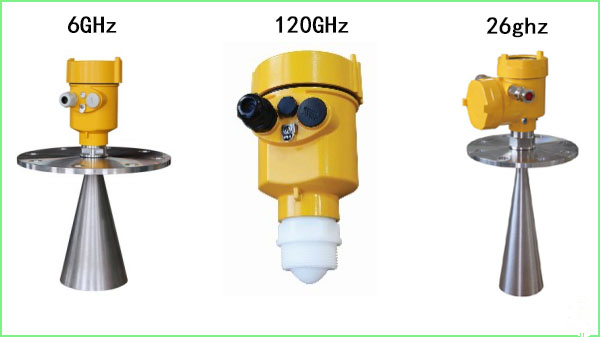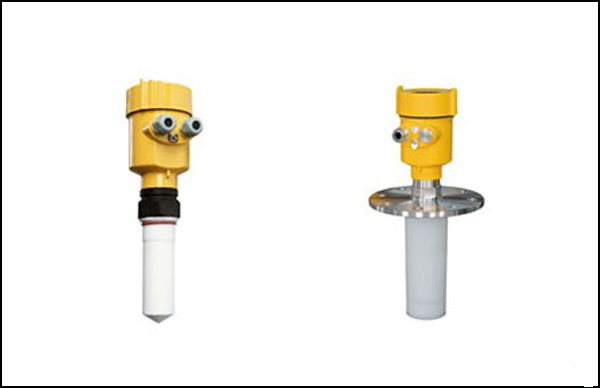The liquid medium measured by the radar level meter is placed either in various storage tanks or in various tank bodies. Among the tanks, there is an underground tank. What are the problems faced by the radar level meter if it is used in underground tanks?

Problem 1: Interference problems caused by vapors.
Some of the liquid media are volatile, and if this media is stored in underground tanks, the tanks will have a lot of steam generated. Due to temperature changes, the vapor will slowly form water droplets and adhere to the tank walls. Over time, the water droplets increase in size and form irregular drops, not only will the liquid interface fluctuate, but the radar level meter will also be affected.
In addition, the water droplets left on the tank wall will also occur as irregular reflected echoes, which will be confused with the real echoes, triggering a fault where the real liquid level cannot be measured.

Problem 2: Interference problems caused by fluctuations in the liquid interface
When the liquid flows into and out of the underground tank, the liquid interface will fluctuate and even bubbles will be generated. In this case, when the electromagnetic wave emitted by the radar level meter reaches the liquid interface, it will be easily absorbed and scattered, causing the echo signal to weaken and affect the measurement.

Problem 3: Crystallization caused by temperature changes
Ambient temperature changes can cause volatile liquid media to form crystals on the radar level meter antenna. Light crystallization will not affect the radar level meter, but when crystallization is serious, it will affect the transmission and reception of radar waves, resulting in measurement errors or inability to measure.

These three types of problems are common in underground tanks. In reality, there are many other factors that can interfere with radar level meter measurements, such as floating objects on the surface of the liquid, icing, and so on.
Therefore, when choosing a radar level meter for an underground tank, it is important to consider not only the characteristics of the medium itself but also the phenomena that occur when the equipment is in operation, as well as changes in ambient temperature, etc.
For radar level meter installation, the same attention should be paid to the choice of installation location, the choice of installation methods, and even the need for auxiliary equipment, auxiliary equipment, what materials, and so on, all need to be considered in detail.
